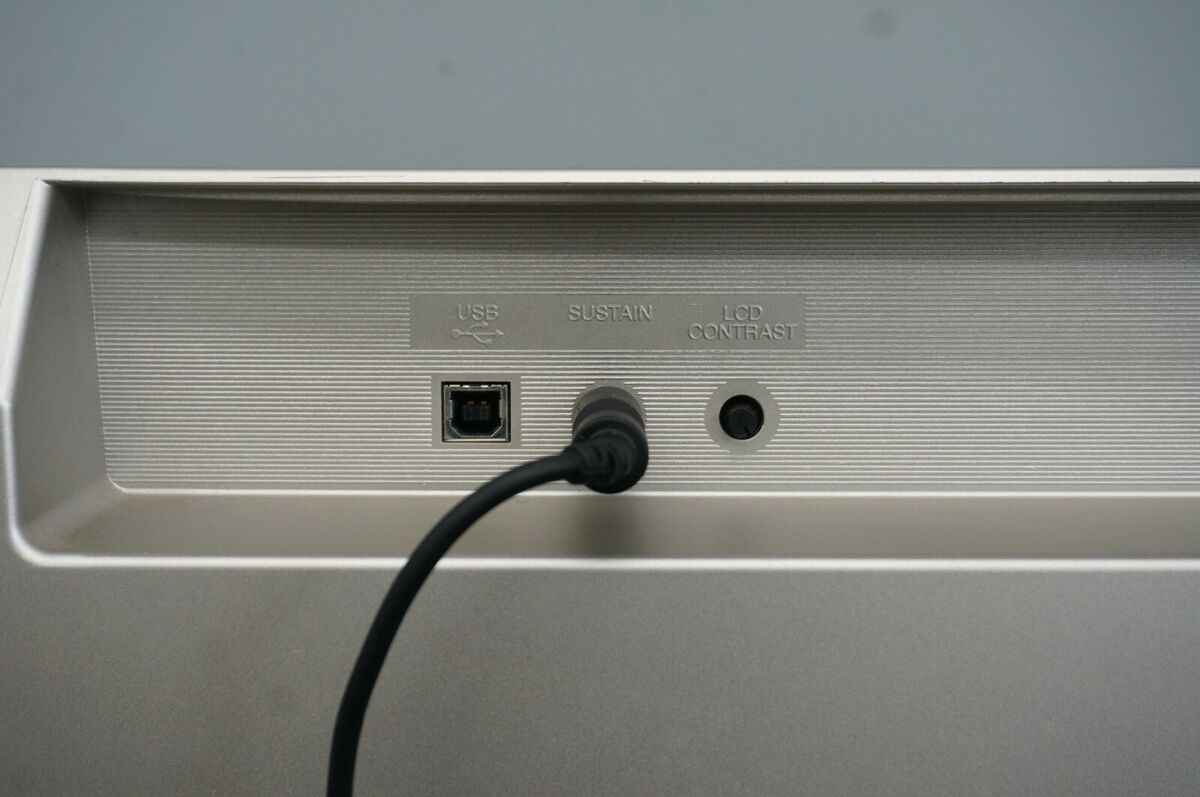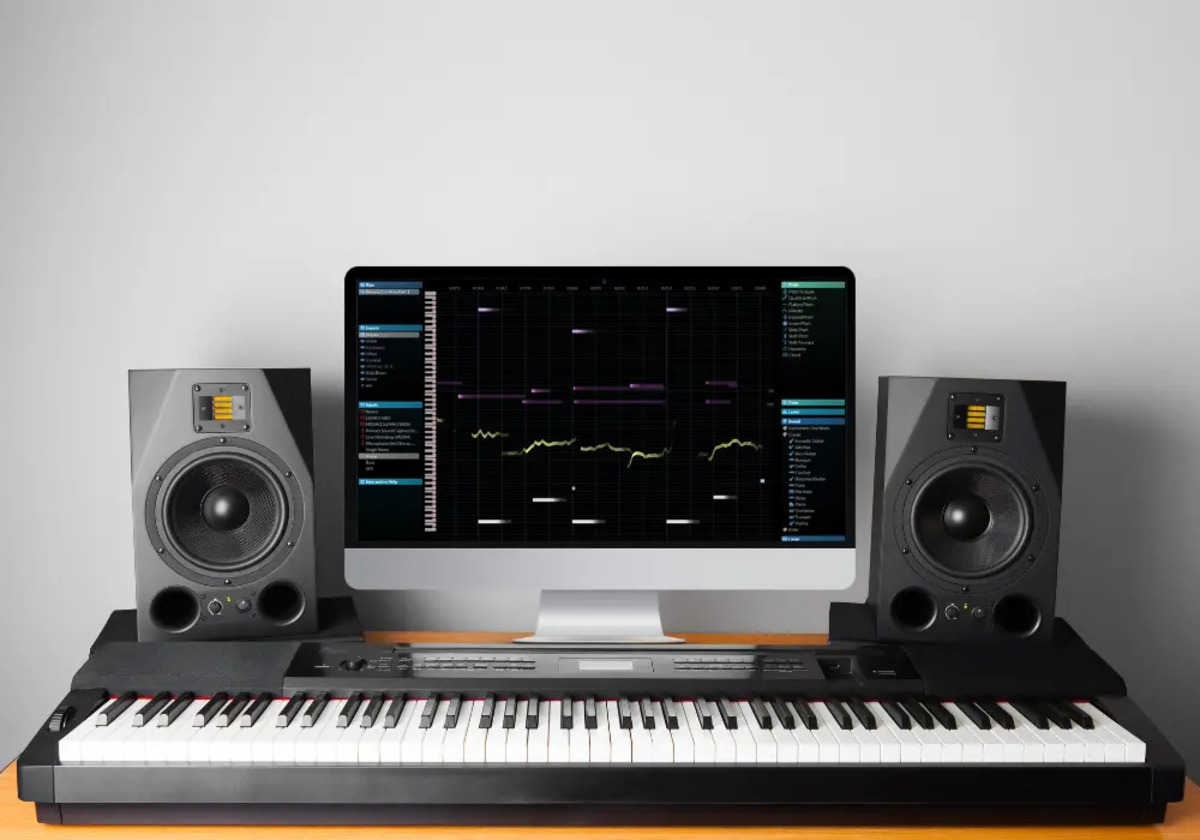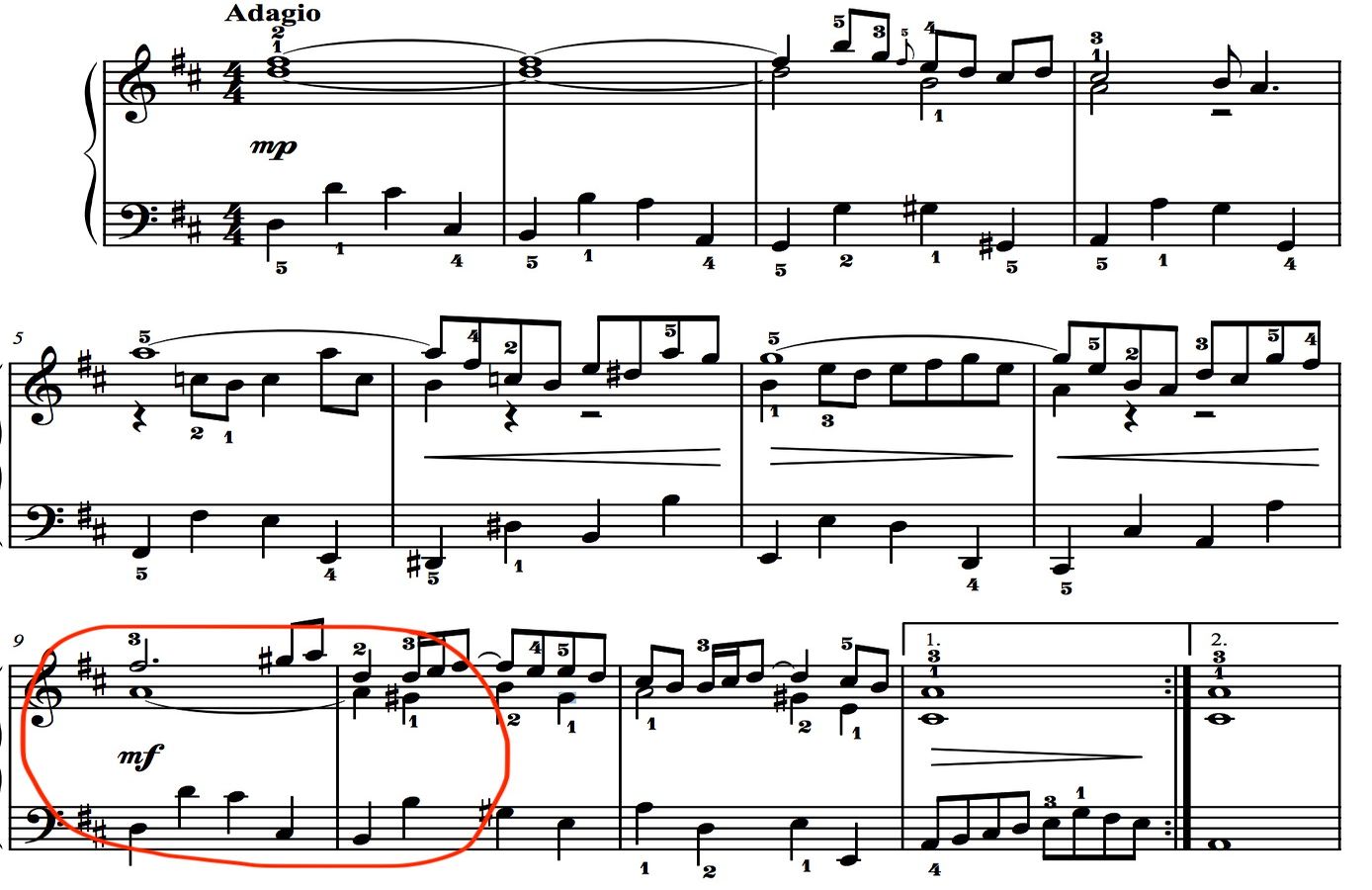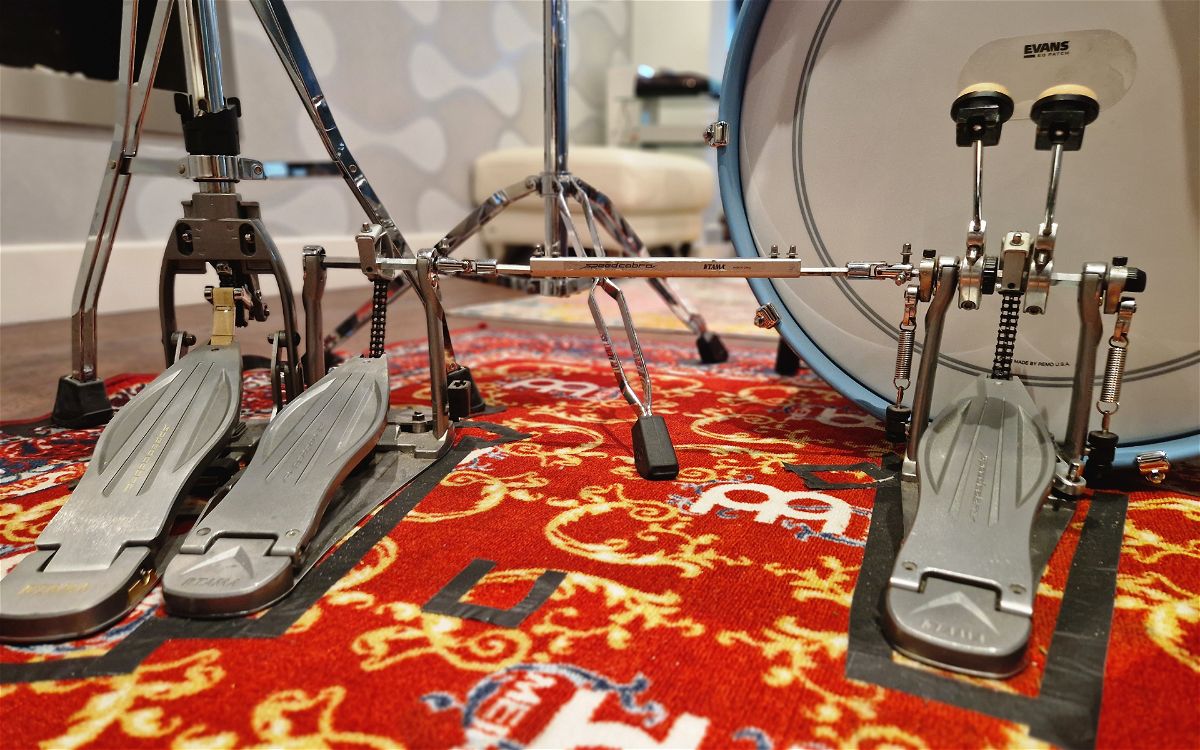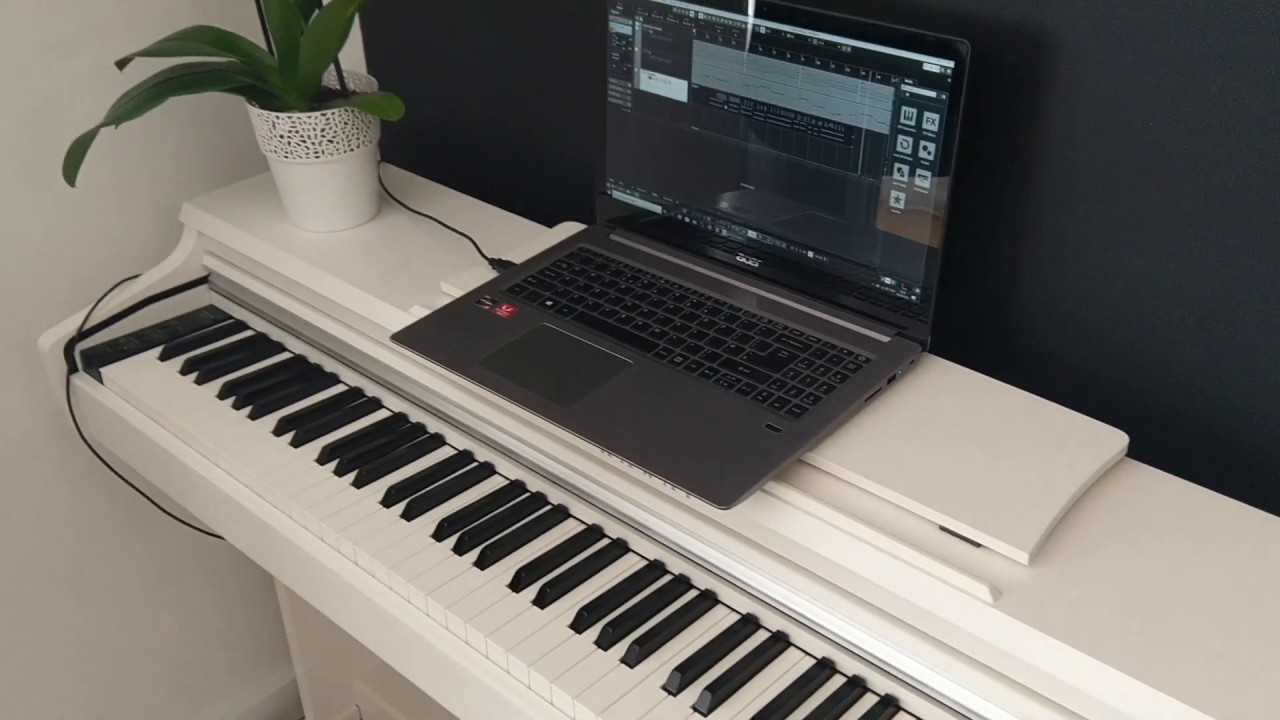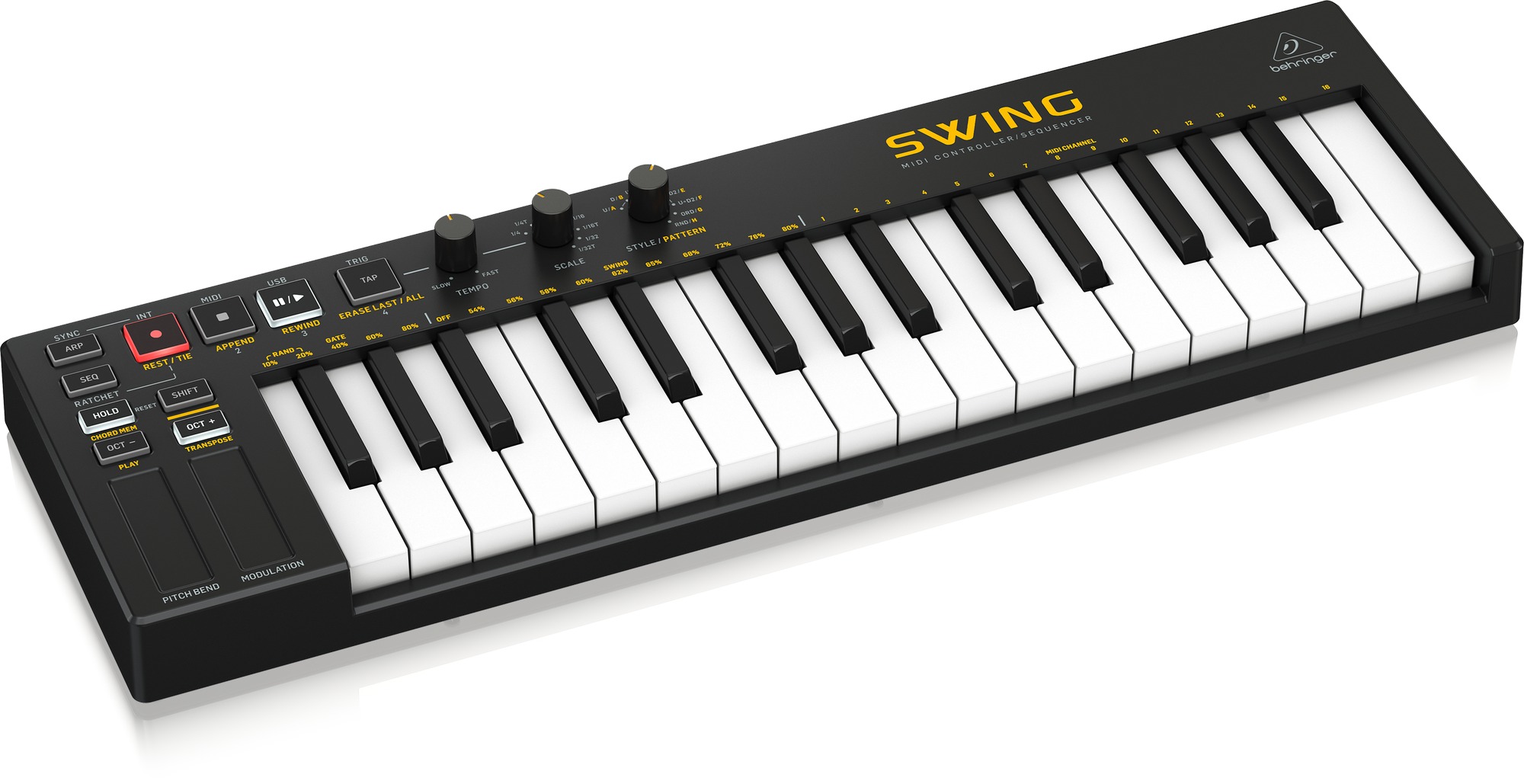Home>Instruments>Piano>How To Use The Pedals On A Piano
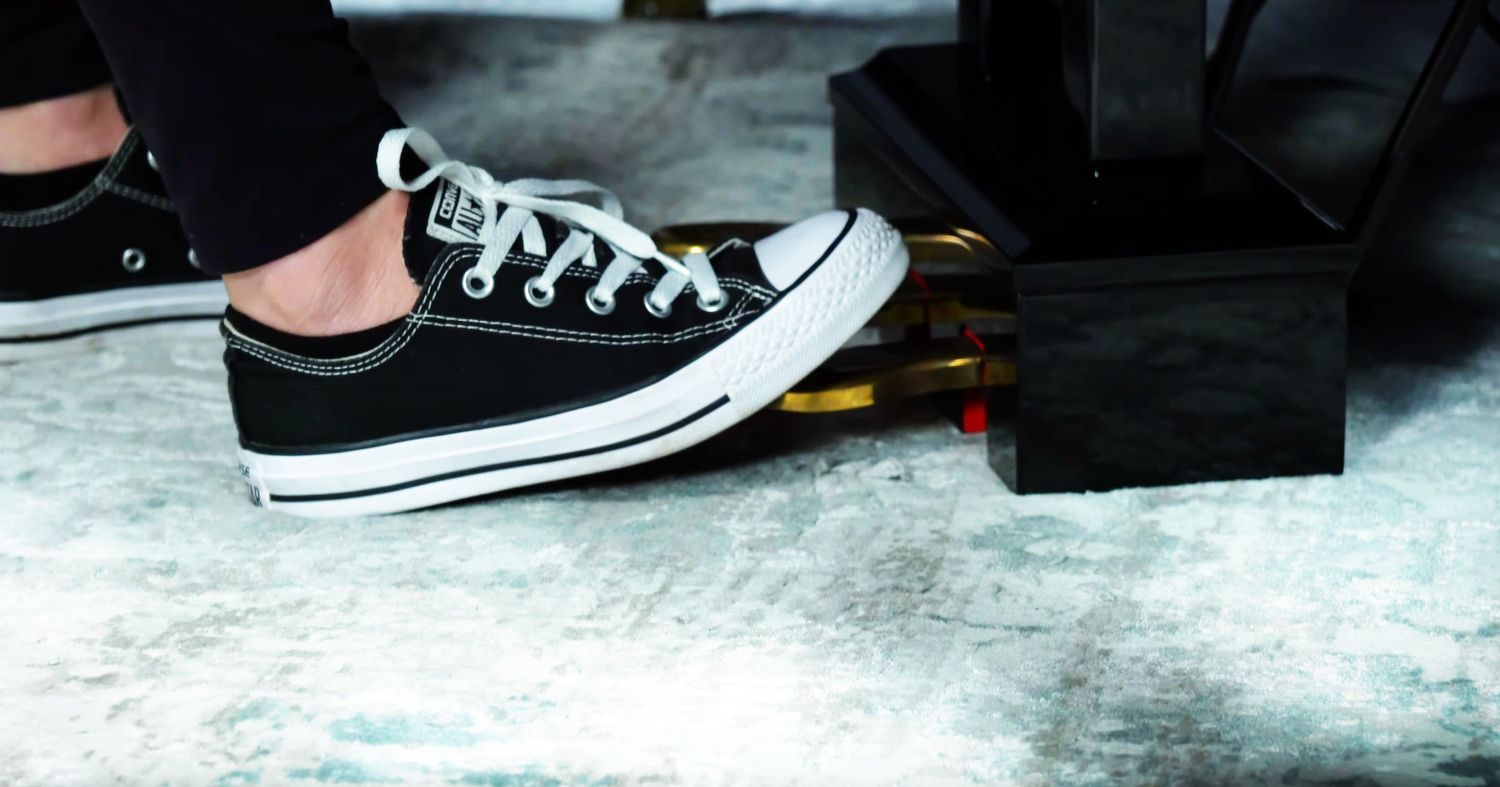

Piano
How To Use The Pedals On A Piano
Published: February 11, 2024
Learn how to use the pedals on a piano to enhance your playing. Discover the techniques and tips for proper pedal usage. Master the art of piano pedaling today!
(Many of the links in this article redirect to a specific reviewed product. Your purchase of these products through affiliate links helps to generate commission for AudioLover.com, at no extra cost. Learn more)
Table of Contents
Introduction
The piano, with its rich history and timeless appeal, stands as one of the most beloved and versatile musical instruments. Its melodic resonance has the power to captivate audiences and stir emotions. While the piano's 88 keys form the foundation of its expressive range, the pedals play a crucial role in shaping the instrument's sound and character. Understanding how to use the pedals effectively can elevate a pianist's performance, adding depth and nuance to their musical expression.
In this comprehensive guide, we will delve into the intricate art of using the pedals on a piano. From the sustain pedal to the soft pedal and the sostenuto pedal, each component contributes to the instrument's tonal variations. By exploring the distinct functions of these pedals and mastering the techniques for their application, pianists can unlock a world of possibilities in terms of dynamics, resonance, and articulation.
Whether you're a novice eager to grasp the fundamentals or a seasoned pianist seeking to refine your pedal technique, this guide will equip you with the knowledge and insights needed to harness the full potential of the piano pedals. Let's embark on a harmonious journey through the realm of piano pedaling, where every subtle nuance can shape the musical narrative with grace and finesse.
Understanding the Piano Pedals
Before delving into the intricate techniques of piano pedaling, it’s essential to understand the distinct functions of the pedals and their impact on the instrument’s sound. The standard piano is equipped with three pedals: the sustain pedal, the soft pedal, and the sostenuto pedal. Each of these pedals serves a unique purpose in shaping the tonal quality and resonance of the piano.
The Sustain Pedal: Also known as the damper pedal, the sustain pedal is the most frequently used pedal on the piano. When depressed, it raises all the dampers off the strings, allowing the strings to vibrate freely and sustain the sound even after the keys are released. This creates a rich, resonant effect, enabling notes to blend harmoniously and produce a fuller sound. Pianists often use the sustain pedal to connect phrases, create a legato effect, or achieve a more robust and expressive sound.
The Soft Pedal: Positioned to the left of the sustain pedal, the soft pedal, also called the una corda pedal, serves to modify the volume and tonal quality of the piano. When engaged, it shifts the entire action of the piano slightly to the right, causing the hammers to strike only one or two strings per note instead of the standard three. This results in a softer, more subdued sound, making it ideal for creating delicate, intimate passages or achieving a mellow, ethereal ambiance.
The Sostenuto Pedal: The least commonly used of the three pedals, the sostenuto pedal is a distinctive feature found on grand pianos. When pressed, it sustains only the notes that are being held down at the moment the pedal is engaged, allowing other notes played thereafter to sound without sustain. This selective sustaining capability enables pianists to create intricate layers of resonance, making it an invaluable tool for complex compositions and nuanced musical expressions.
By gaining a deeper understanding of the piano pedals and their individual functions, pianists can harness these tools to imbue their performances with a myriad of tonal colors and expressive nuances. In the subsequent sections, we will explore the techniques for effectively utilizing each pedal, empowering pianists to master the art of pedal dynamics and elevate their musical interpretations.
The Sustain Pedal
The sustain pedal, also known as the damper pedal, is a fundamental component of piano playing, exerting a profound influence on the instrument’s resonance and tonal richness. When the sustain pedal is depressed, it lifts all the dampers off the strings, allowing the strings to vibrate freely and sustain the sound even after the keys are released. This creates a lush, interconnected resonance that can transform the character of the music being performed.
One of the most common techniques involving the sustain pedal is the use of legato, a musical term that signifies smooth and connected notes. By judiciously applying the sustain pedal, pianists can seamlessly connect successive notes and chords, producing a seamless, flowing sound that enhances the overall musical phrasing. This technique is particularly effective in lyrical passages and melodic lines, allowing the notes to blend harmoniously and resonate with emotional depth.
Furthermore, the sustain pedal plays a pivotal role in shaping the dynamics of a performance. When employed judiciously, it can imbue the music with a heightened sense of expression and depth, allowing for a fuller and more resonant sound. Pianists often utilize the sustain pedal to create a crescendo, gradually increasing the volume and intensity of the music by sustaining the sound of successive notes and chords, thereby building dramatic tension and emotional impact.
Additionally, the sustain pedal can be utilized to create a sense of continuity and fluidity in the music. By holding the sustain pedal through chord progressions or transitions between musical phrases, pianists can maintain a consistent resonance that bridges the gaps between different sections of the composition, fostering a cohesive and seamless musical narrative.
Mastering the art of sustain pedal technique involves a delicate balance of timing and coordination. Pianists must develop a keen sense of when to engage and release the pedal to achieve the desired effects, ensuring that the sustained resonance enhances the musical expression without muddling the clarity of the performance. Through attentive practice and mindful experimentation, pianists can harness the evocative power of the sustain pedal to imbue their music with depth, emotion, and resonance.
The Soft Pedal
The soft pedal, also known as the una corda pedal, serves as a versatile tool for shaping the dynamics and tonal quality of the piano. Positioned to the left of the sustain pedal, it exerts a transformative influence on the instrument’s sound, allowing pianists to evoke delicate nuances and subtle variations in volume and timbre.
When the soft pedal is engaged, it shifts the entire action of the piano slightly to the right, causing the hammers to strike only one or two strings per note instead of the standard three. This mechanism results in a softened, mellower sound that is characterized by a gentle, understated quality, ideal for conveying introspective emotions and creating an intimate musical ambiance.
One of the primary techniques involving the soft pedal is the modification of volume and dynamics. Pianists can utilize the soft pedal to achieve a diminuendo, gradually decreasing the volume and intensity of the music, imparting a sense of wistfulness and restraint. This technique is particularly effective in passages that call for a subdued, contemplative mood, allowing the music to convey a sense of introspection and emotional subtlety.
Furthermore, the soft pedal can be employed to impart a sense of ethereal delicacy and refinement to the music. When navigating tender, lyrical passages or expressing poignant melodies, pianists can engage the soft pedal to imbue the performance with a serene, otherworldly quality, evoking a sense of intimacy and vulnerability that resonates with the listener’s emotions.
Another notable application of the soft pedal is in achieving a seamless transition between contrasting musical themes or sections. By deftly engaging the soft pedal during transitions, pianists can create a subtle shift in tonal color and texture, enhancing the continuity and coherence of the musical narrative while infusing the performance with a sense of fluidity and grace.
Mastering the art of soft pedal technique entails a nuanced understanding of touch and sensitivity. Pianists must develop a keen awareness of how the soft pedal influences the instrument’s response to their playing, allowing for the precise control of dynamics and tonal shading. Through attentive practice and a discerning ear, pianists can harness the expressive potential of the soft pedal to imbue their performances with elegance, intimacy, and evocative subtlety.
The Sostenuto Pedal
The sostenuto pedal, a distinctive feature found on grand pianos, offers a unique and nuanced approach to shaping the resonance and articulation of the instrument. Positioned to the right of the sustain pedal, the sostenuto pedal provides pianists with a selective sustaining capability, enabling them to sustain only the notes that are being held down at the moment the pedal is engaged. This distinctive functionality unlocks a realm of expressive possibilities, allowing for the creation of intricate layers of resonance and the nuanced articulation of individual notes.
One of the primary applications of the sostenuto pedal is in the performance of complex compositions that require selective sustainment of specific notes or chords. By judiciously engaging the sostenuto pedal, pianists can sustain particular harmonies or melodic lines while allowing other notes played thereafter to sound without sustain, creating a distinctive contrast in tonal color and articulation. This capability is particularly valuable in polyphonic pieces, enabling pianists to craft a multi-dimensional sonic tapestry with precision and clarity.
Furthermore, the sostenuto pedal serves as a valuable tool for achieving a nuanced separation of voices within a musical passage. Pianists can use the pedal to sustain specific notes or chords that form the foundation of a musical phrase, allowing subsequent notes to be played with distinct articulation and clarity. This technique enhances the delineation of musical motifs and thematic elements, contributing to a refined and expressive interpretation of the composition.
Another notable application of the sostenuto pedal is in creating sustained resonances that interweave with the melodic and harmonic fabric of the music. By selectively engaging the pedal to sustain pivotal notes or chords at strategic moments, pianists can imbue the performance with a sense of depth and complexity, enriching the sonic landscape with layers of sustained resonance that enhance the emotional impact of the music.
Mastering the art of sostenuto pedal technique requires a keen understanding of the musical context and a discerning ear for tonal balance and articulation. Pianists must develop a sensitive touch and precise coordination to effectively utilize the sostenuto pedal, ensuring that the sustained resonances enhance the expressive narrative without overwhelming the clarity of the performance. Through attentive practice and a deep appreciation for the nuances of musical expression, pianists can harness the evocative potential of the sostenuto pedal to elevate their performances with finesse and artistry.
Techniques for Using the Pedals
Mastering the art of piano pedaling involves a nuanced understanding of techniques that enhance the instrument’s tonal palette and expressive capabilities. Pianists can employ a variety of pedal techniques to shape the dynamics, resonance, and articulation of their performances, imbuing the music with depth and nuance. Whether utilizing the sustain pedal to create seamless legato passages, harnessing the soft pedal to evoke delicate nuances, or employing the sostenuto pedal for selective sustainment, the following techniques offer invaluable insights into the art of pedal dynamics.
Half Pedaling: This technique involves partially depressing the sustain pedal to sustain the sound while allowing for subtle changes in tonal color and articulation. By delicately manipulating the sustain pedal to achieve varying degrees of sustain, pianists can create nuanced shades of resonance, adding expressive depth to their performances without sacrificing clarity.
Pedaling for Articulation: Pianists can utilize the sustain pedal in conjunction with precise finger articulation to achieve a seamless legato effect or to delineate individual notes within a passage. By coordinating the release and reapplication of the sustain pedal with specific note transitions, pianists can craft articulate, expressive phrases that resonate with clarity and emotional impact.
Layered Pedaling: This advanced technique involves judiciously layering the sustain pedal with the soft pedal or sostenuto pedal to create complex textures of sustained resonance. By selectively engaging and releasing multiple pedals in coordination with the musical phrasing, pianists can craft multi-dimensional sonic landscapes that elevate the expressive depth of the music, adding layers of tonal richness and complexity.
Pedal Release and Re-Engagement: Understanding the precise timing of pedal release and re-engagement is essential for achieving seamless transitions and maintaining clarity in the music. Pianists must develop a keen sense of when to release the pedal to allow for clean breaks in resonance and when to re-engage the pedal to sustain subsequent notes or chords, ensuring a cohesive and expressive performance.
By honing these pedal techniques through attentive practice and a discerning ear, pianists can unlock a world of expressive possibilities, infusing their performances with depth, resonance, and emotional nuance. The art of pedal dynamics is a testament to the pianist’s ability to shape and sculpt the sonic landscape, creating evocative musical narratives that resonate with beauty and artistry.
Conclusion
The piano pedals, with their nuanced functionalities and expressive potential, stand as indispensable tools for shaping the tonal quality and resonance of the instrument. From the evocative sustain pedal to the delicate nuances of the soft pedal and the selective sustainment offered by the sostenuto pedal, each component enriches the pianist’s palette of expressive possibilities, elevating musical interpretations to new heights of artistry and depth.
By delving into the intricate techniques and applications of piano pedaling, pianists can cultivate a profound understanding of how these pedals can shape the dynamics, articulation, and emotional resonance of their performances. Whether crafting seamless legato passages, evoking delicate nuances through the soft pedal, or selectively sustaining specific notes with the sostenuto pedal, the art of pedal dynamics empowers pianists to imbue their music with depth, nuance, and expressive subtlety.
Mastering the art of piano pedaling is a journey that requires attentive practice, a discerning ear, and a deep appreciation for the interplay of touch and tonal color. As pianists refine their pedal technique, they unlock the potential to create a rich tapestry of resonant textures, infusing their performances with emotional depth and captivating expressiveness.
Through the artful manipulation of the sustain, soft, and sostenuto pedals, pianists can craft musical narratives that resonate with beauty, grace, and profound emotional impact. The piano, with its 88 keys and three pedals, becomes a boundless canvas for artistic expression, inviting pianists to weave intricate sonic tapestries that captivate the senses and stir the soul.
As pianists continue to explore the myriad possibilities offered by the piano pedals, they embark on a harmonious journey of discovery, where every subtle nuance and expressive gesture contributes to the creation of captivating musical narratives. The art of piano pedaling transcends technique, evolving into a profound language of emotion and artistic expression, where every delicate touch of the pedal resonates with the power to move hearts and inspire the spirit.

